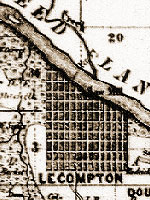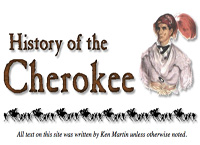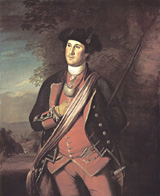In the fall of 1857, the Kansas Territory's proslavery legislature met in the town of Lecompton and worked out a constitution, which it proposed to put up for a vote. The vote, however, was only between "the constitution with slavery" or "the constitution without slavery."
The proposed constitution was written in such a way that a vote "for the constitution without slavery" still allowed the residents of Kansas to keep the slaves they owned, while preventing new slaves from entering the territory.
Anti-slavery voters boycotted the referendum and consequently the "constitution with slavery" passed by a large margin. Kansas voters, however, eventually elected a new legislature and defeated the Lecompton Constitution. In 1859, they ratified the Wyandotte Constitution that outlawed slavery.
Article 7, Section 1, of the Lecompton Constitution stated that "… the right of the owner of a slave to such slave and its increase is the same and as inviolable as the right of the owner of any property whatever." The slave's "increase" meant the children of the slave, so they would still have been considered slaves, as would those slaves' children into the future.



